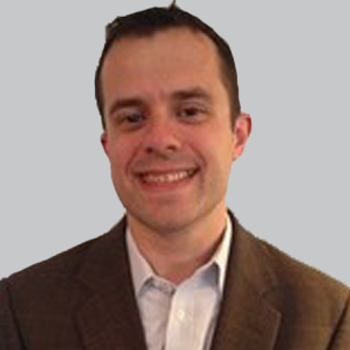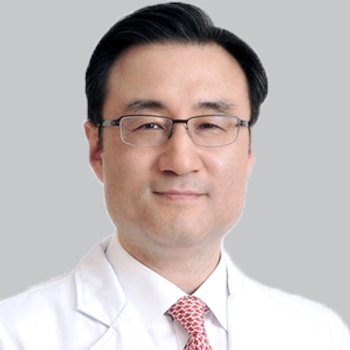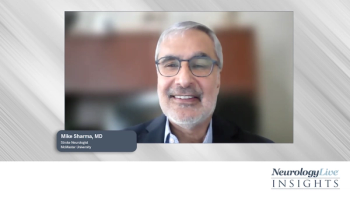
Undiagnosed Diseases Program Helps Improve Next-Gen Genome Sequencing
The program’s director spoke about its genesis and evolution into a more widespread initiative which has helped improve next-generation genome sequencing.
William Gahl, MD, PhD
At the Child Neurology Society’s (CNS) 2018 annual meeting, William Gahl, MD, PhD, gave a presentation as part of a presidential symposium about the state of the diagnostic path in the context of rare diseases in pediatrics.
Gahl, the Clinical Director of the National Human Genome Research Institute at the National Institutes of Health (NIH), spoke about a program he leads the NIH’s Undiagnosed Diseases Program (UDP), part of the Undiagnosed Disease Network (UDN). This NIH Common Fund initiative focuses on the most puzzling medical cases that are referred to the NIH Clinical Center.
To discuss what his presentation entailed and how the program has impacted diagnostics, Gahl sat with NeurologyLive in an interview.
NeurologyLive: What did your presentation at CNS entail?
William Gahl, MD, PhD: I spoke about the Undiagnosed Diseases Program, its genesis, its evolution into a national and, a little bit, into an international program. This is a program that started in 2008 with the intent to help patients who don’t have a diagnosis to reach a diagnosis. Also, it’s intended to help us know more about biomedical research in the fields of cell biology, biochemistry, physiology, genetics, things of that sort.
The program began, as I said, in 2008 and it has expanded into a network of centers and takes undiagnosed patients and tries to help them reach a diagnosis using all sorts of modalities—the typical laboratory tests, imaging, and sometimes biopsies. But also using next-generation sequencing, in other words, genetics at both an exome level and a genome level, often using the families to filter down the number of variants to a smaller number of variants as potential causes for diseases. This is a program that has seen just 1200 individuals and made well over 300 diagnoses, and a lot of those diagnoses were made on next-generation sequencing basis and a lot of them were made just on the basis of having a lot of doctors sitting around the table or patient’s bed discussing their illness and their presentations.
How has this improved the diagnostic field?
It really was about 8 or 10 years ago that next-generation sequencing came to the floor. We’ll just discuss an exome analysis. An exome is the portion of our entire 3.2 billion DNA bases that include proteins. It’s considered to be the most important portion—that’s 2% of the entire 3.2 bases, so it’s 60 million bases or so. As the cost of sequencing those bases was reduced, we’re able to get that [sequencing] performed on many more patients, including rare and undiagnosed diseased patients, so we do that.
When we get the sequencing of 60 million bases it has coverage of about 90% or so. It costs probably $500, and if you do it commercially and get it certified, it may cost $1000 or $2000 or something in that range, making it cheaper than a lot of other diagnostic tests. The problem is that when you do that, you’ll get about 20,000 or so variants from the reference sequence, and there will be 20,000 different variants found in you compared to me and someone else, etc. You have to reduce that in order to find out which is the really important one. There are means to do that, and that is what has developed over the last 8 years or so. In other words, our methodology for analyzing the exomes, our methodologies for eliminating false positives and reducing that number.
You can do that by creating lists, for example, of variants that are known to be benign, or a list of variants that are known to cause a different disease and nothing like this, and to use software programs that take into consideration the parental variants or the sibling variants, using what we call Mendelian bits of inheritance. For example, if you think a child who is affected has a recessive disease, then you have to find a variant or 2 variants in the 2 different copies of the patient’s gene that are pathogenic or disease causing or bad, in the child, 1 of which the father has and 1 of which the mother has. If that inheritance pattern does not obtain within a family, you can eliminate that variant as the cause of the disease. These software programs have developed over the last few years to become very sophisticated.
Transcript edited for clarity .
Newsletter
Keep your finger on the pulse of neurology—subscribe to NeurologyLive for expert interviews, new data, and breakthrough treatment updates.


































